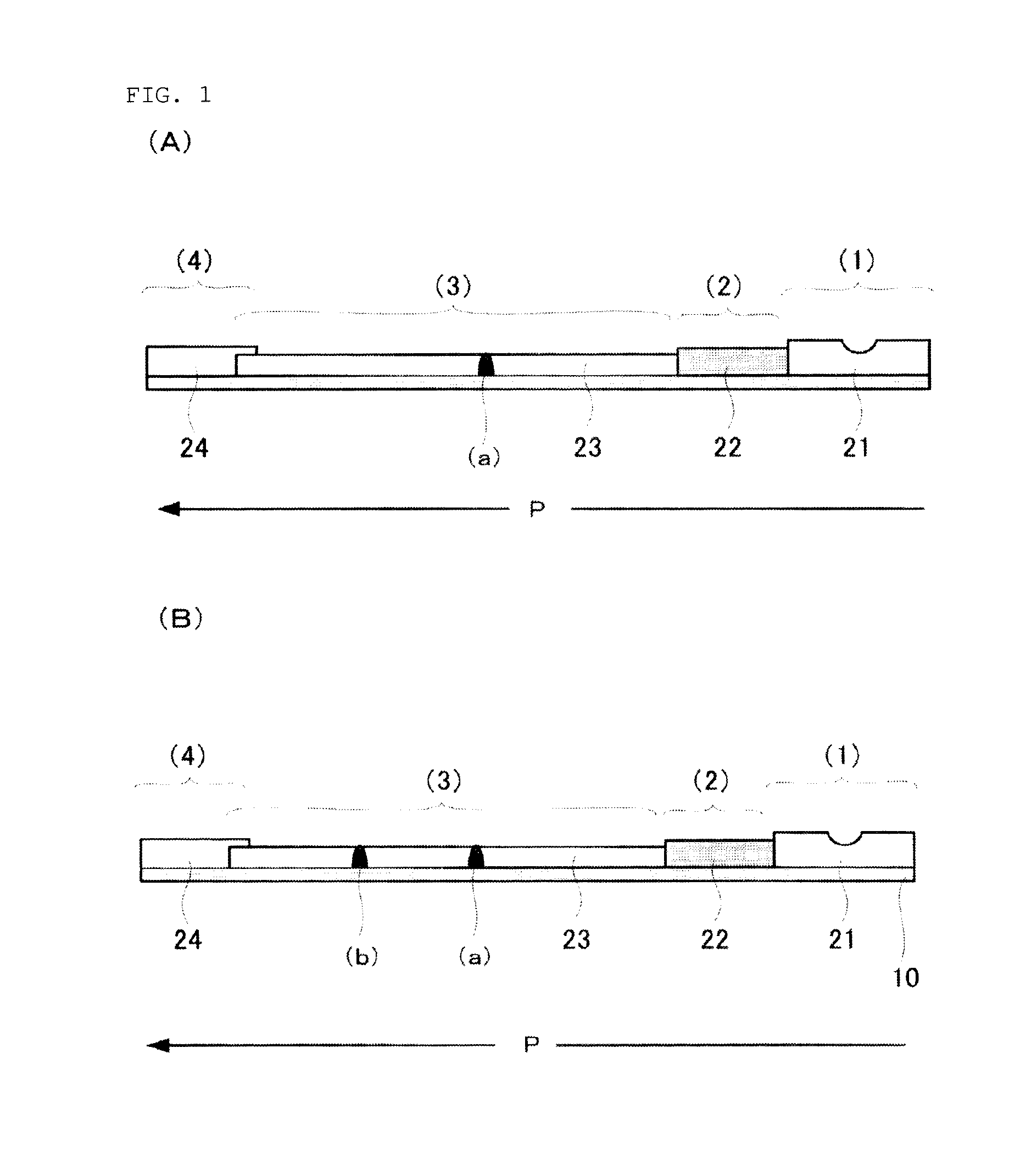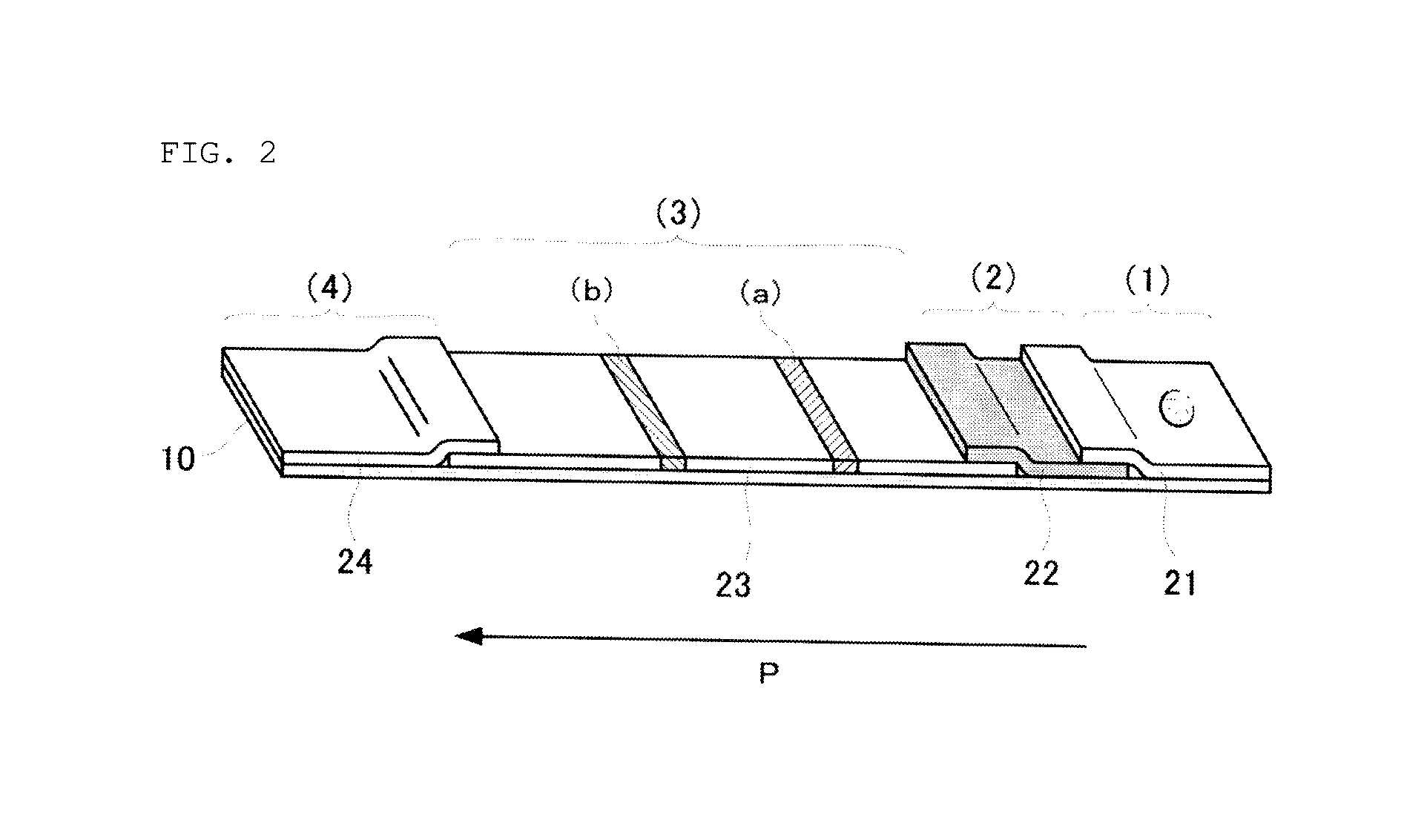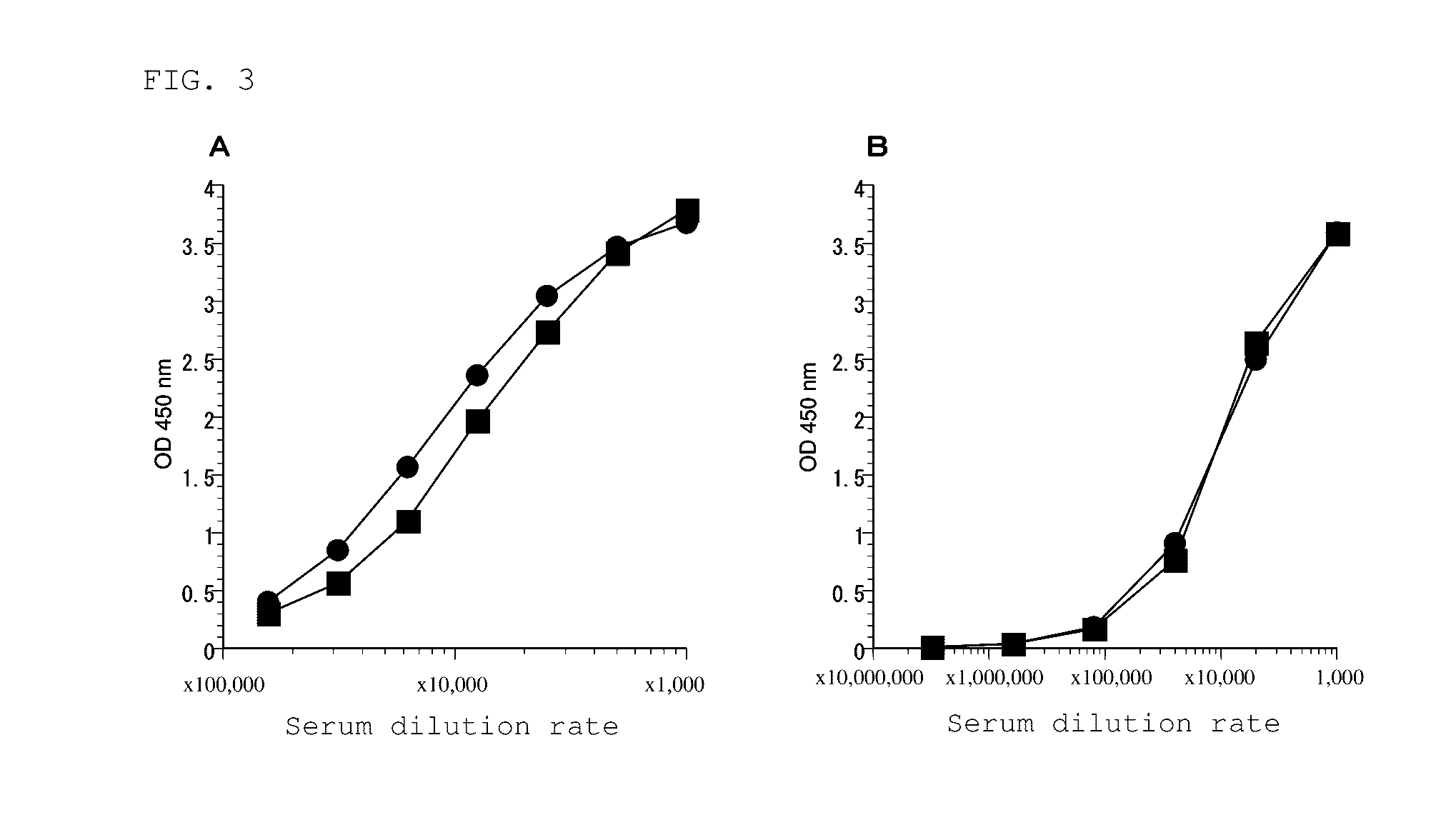Anti-lipoarabinomannan antibody and immunoassay for acid-fast bacillary infection using the antibody
an antibody and antibody technology, applied in the field of anti-lipoarabinomannan antibody and immunoassay for acid-fast bacilli infection using the antibody, can solve the problems of difficult to use this method in developing countries, high risk of spreading infection, and still rampant tuberculosis, and achieve high accuracy, reliable and accurate detection of acid-fast bacilli, and high accuracy
- Summary
- Abstract
- Description
- Claims
- Application Information
AI Technical Summary
Benefits of technology
Problems solved by technology
Method used
Image
Examples
examples
[0297]The present invention and effects thereof are described below with reference to Examples. However, the scope of the invention is not limited to these Examples.
examples 1 to 4
1. Preparation of Materials
(1-1) Preparation of Oligo-LAM and Preparation of Immunogen
[0298]LAM of human tubercle bacillus M. tuberculosis (3 mg) (derived from strain Aoyama B, Nacalai Tesque) was dialyzed against a 50 mM acetate buffer (pH 4.5), and adjusted to a concentration of 1 mg / mL. Subsequently, 150 μL of a 200 mM periodic acid aqueous solution was added thereto, and the mixture was stirred at 4° C. for 7 minutes while shielded from light. After stirring, 35 μL of ethylene glycol was added thereto, and the mixture was subjected to gel filtration (0.1 M sodium bicarbonate, pH 8.3) using a small column PD-10 (produced by GE Company), and fractionated into 1 mL portions. The fractionated samples were tested for sugar by a phenol-sulfuric acid method; and the fractions in which sugar was detected were dialyzed against pure water, and then freeze-dried.
[0299]The freeze-dried oligo-LAM (3 mg) was dissolved in 0.5 mL of pure water. After 12 μL of 100 mg / mL 1-cyano-4-dimethylaminopy...
reference example 1
Preparation of Antiserum Against LAM
[0323](1) To prepare a polyclonal antibody (PoAb) against LAM, rabbits were immunized with oligo-LAM. As oligo-LAM, specifically, oligo-LAM-KLH prepared as an immunogen by the method described in the aforementioned (1-1) of “1. Preparation of materials” was used. The oligo-LAM-KLH was mixed with an adjuvant (Incomplete Freund's adjuvant) at a ratio of 1:1 (oligo-LAM-KLH:adjuvant (weight ratio)), and 100 μg of the mixture was subcutaneously administered to rabbits (two rabbits: Rab-1 and 2). Thereafter, immunization was performed 4 times at 14-day intervals. After completion of the fifth immunization, blood was taken, and antibody titers in blood against LAM of human tubercle bacillus (M. tuberculosis) and LAM of non-tuberculous acid-fast bacilli (M. Avium) were measured according to the ELISA method described in the aforementioned (2-1) of “2. Assay.”
[0324]As a result of evaluation using an antigen plate on which M. tuberculosis LAM had been immob...
PUM
| Property | Measurement | Unit |
|---|---|---|
| heat resistance | aaaaa | aaaaa |
| heat resistance | aaaaa | aaaaa |
| temperature | aaaaa | aaaaa |
Abstract
Description
Claims
Application Information
 Login to View More
Login to View More - R&D
- Intellectual Property
- Life Sciences
- Materials
- Tech Scout
- Unparalleled Data Quality
- Higher Quality Content
- 60% Fewer Hallucinations
Browse by: Latest US Patents, China's latest patents, Technical Efficacy Thesaurus, Application Domain, Technology Topic, Popular Technical Reports.
© 2025 PatSnap. All rights reserved.Legal|Privacy policy|Modern Slavery Act Transparency Statement|Sitemap|About US| Contact US: help@patsnap.com



